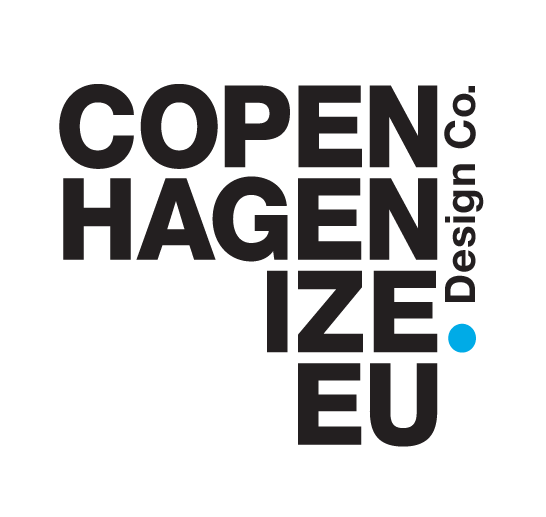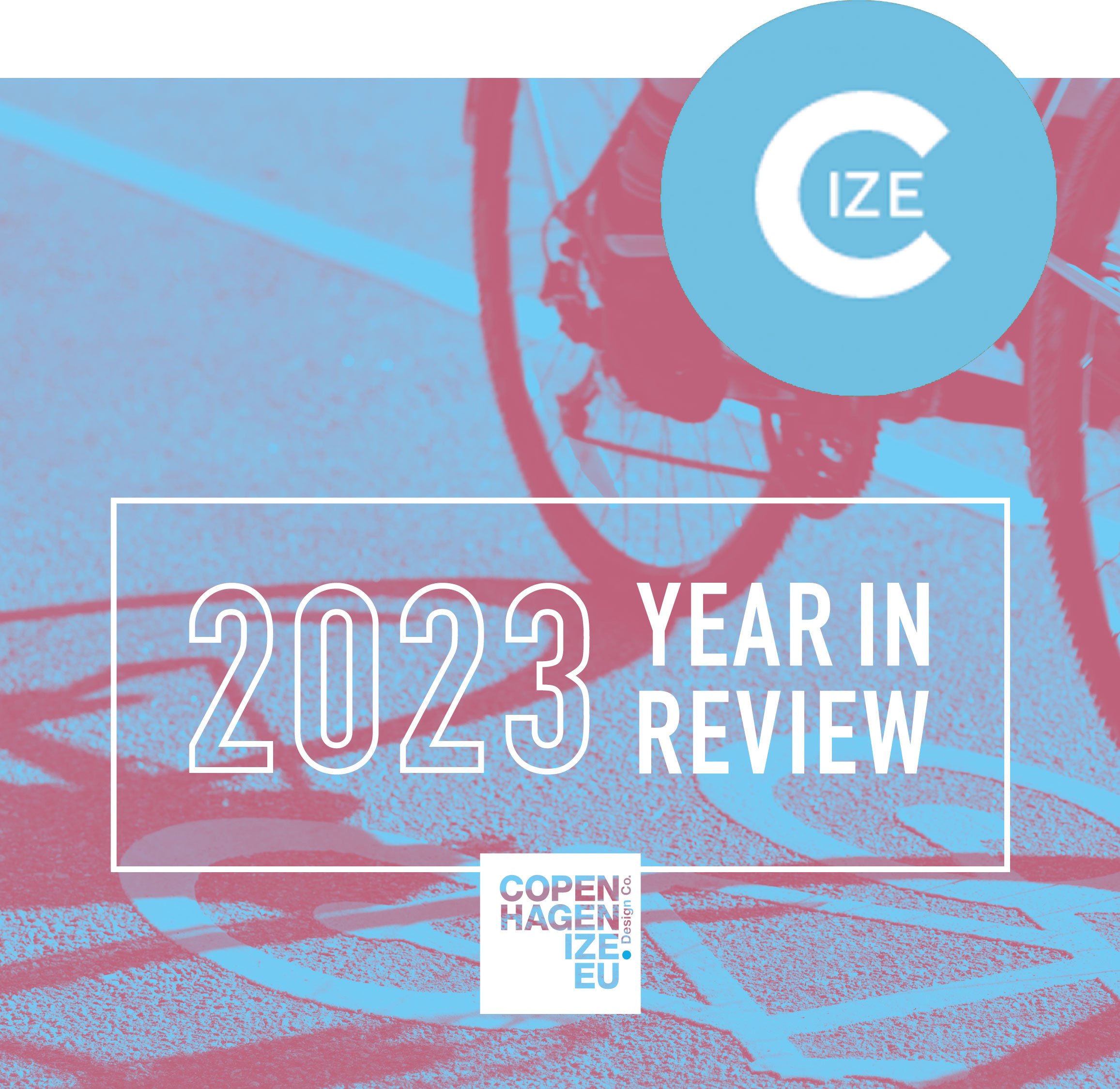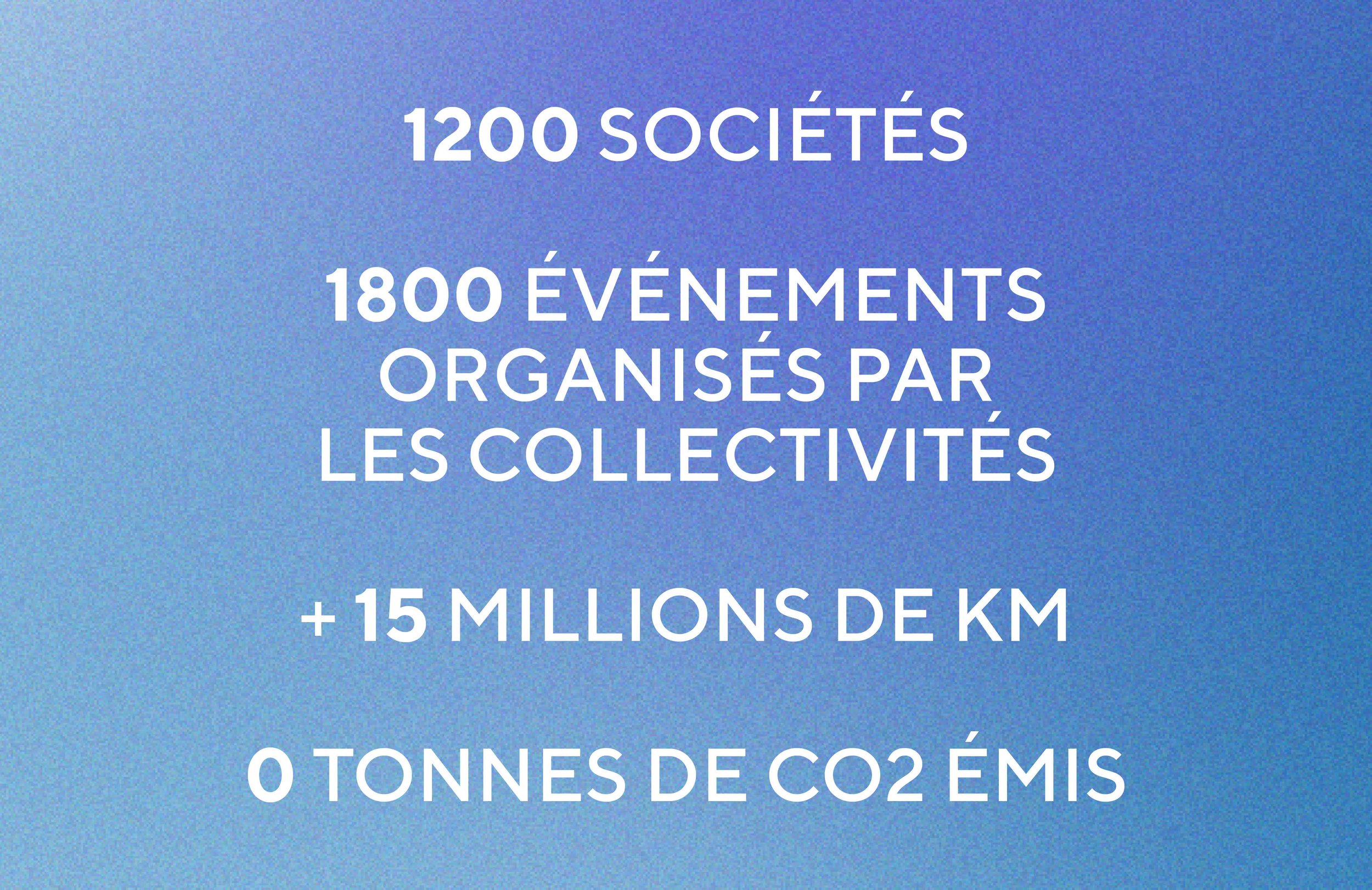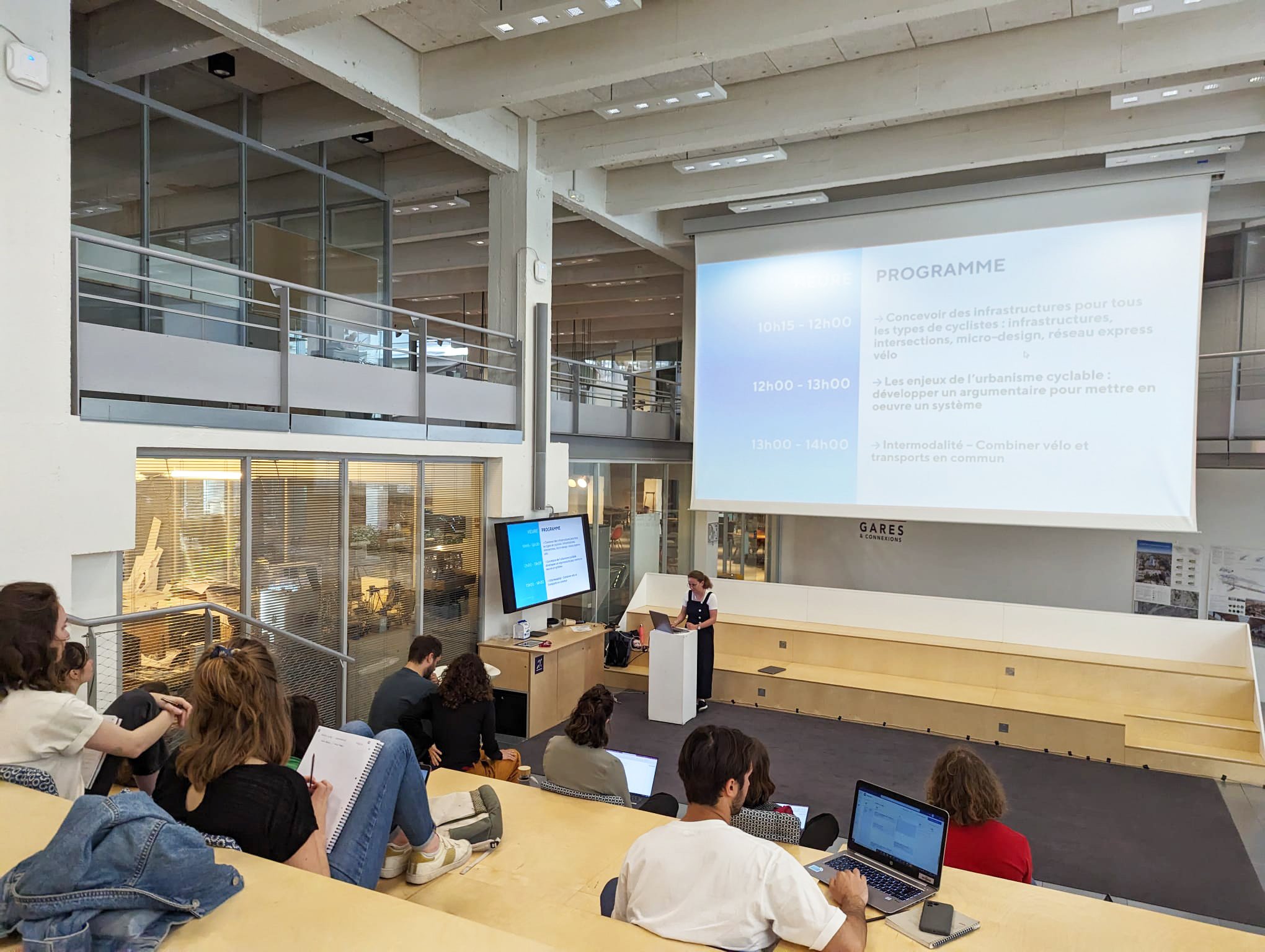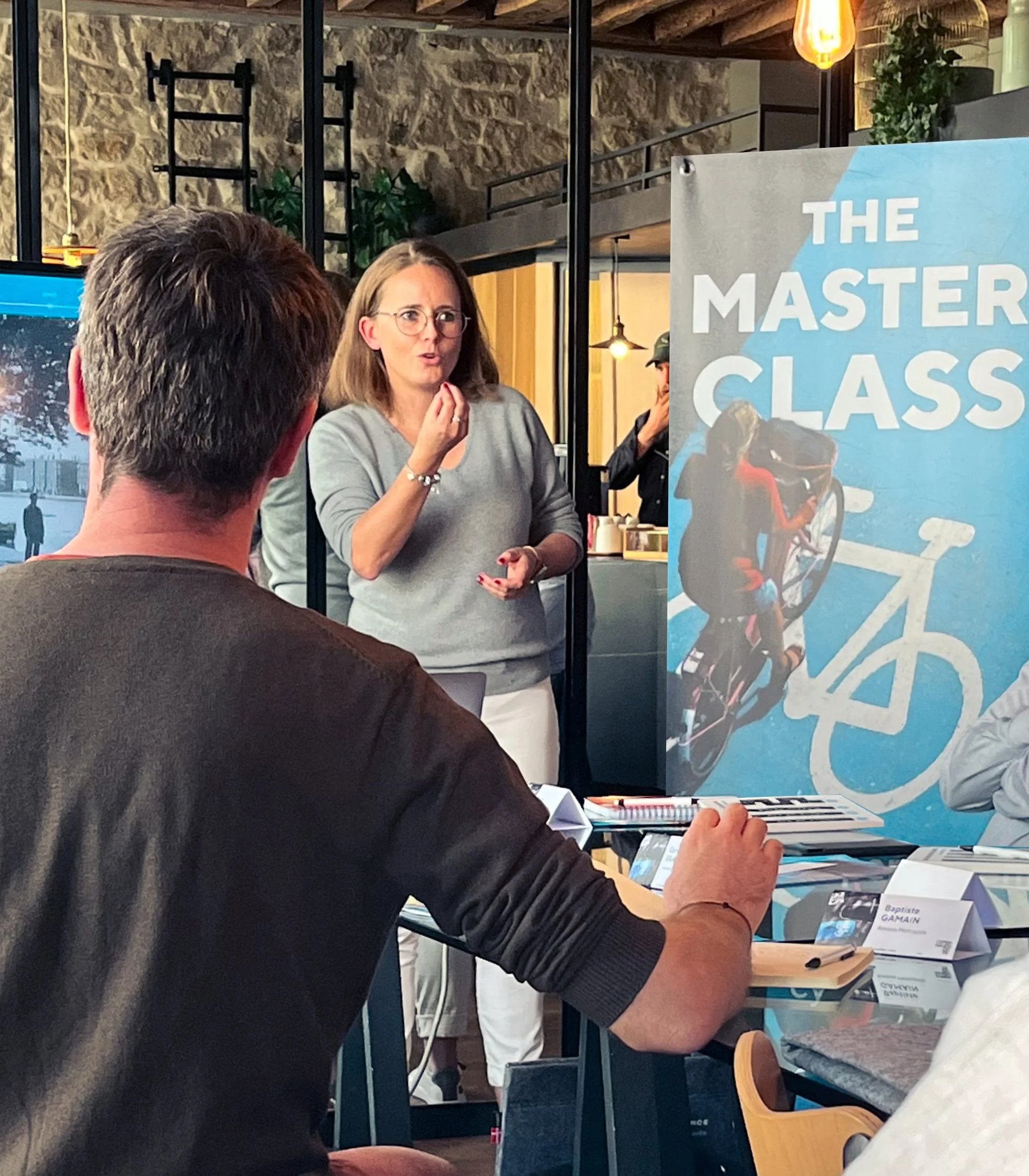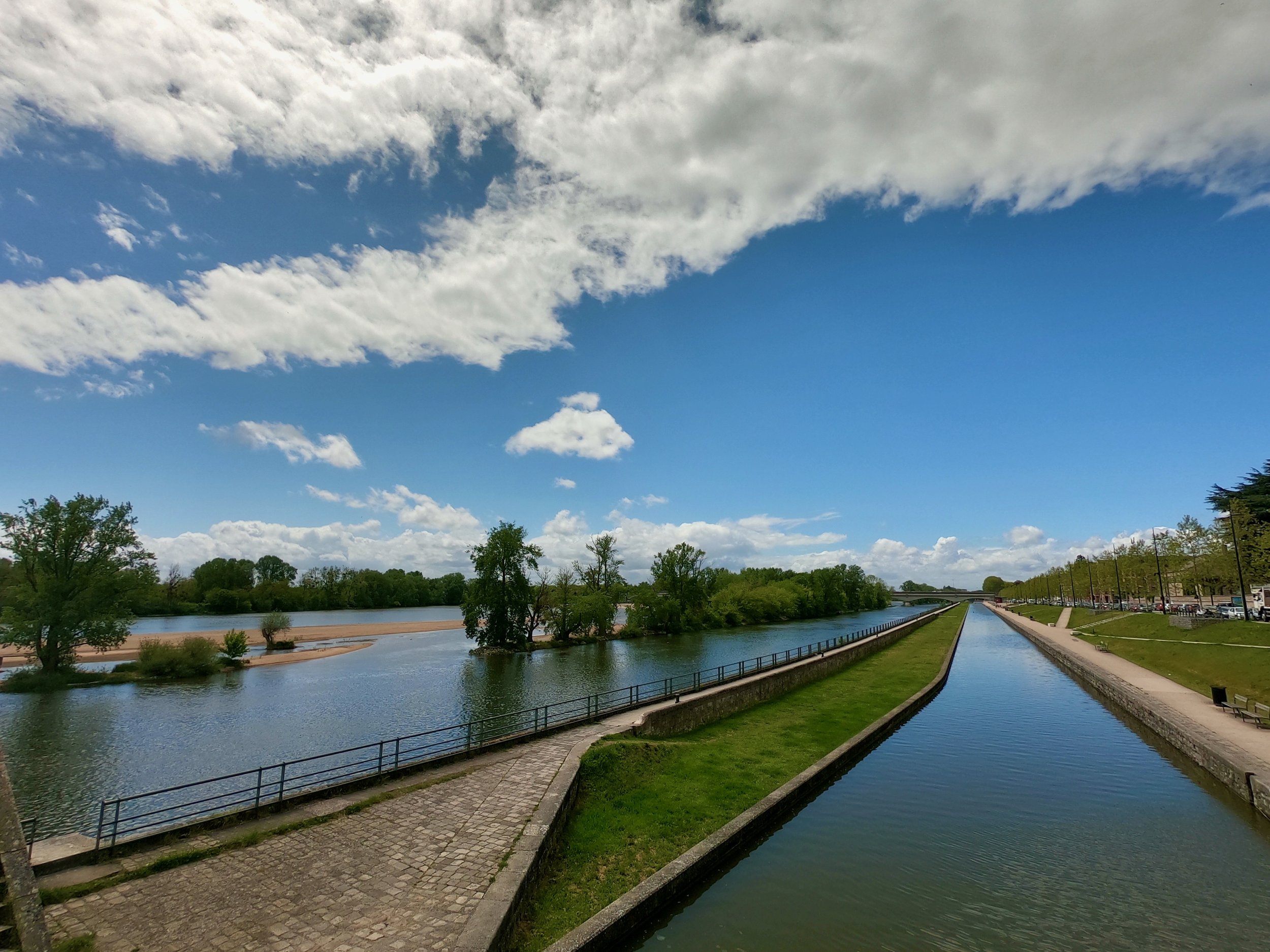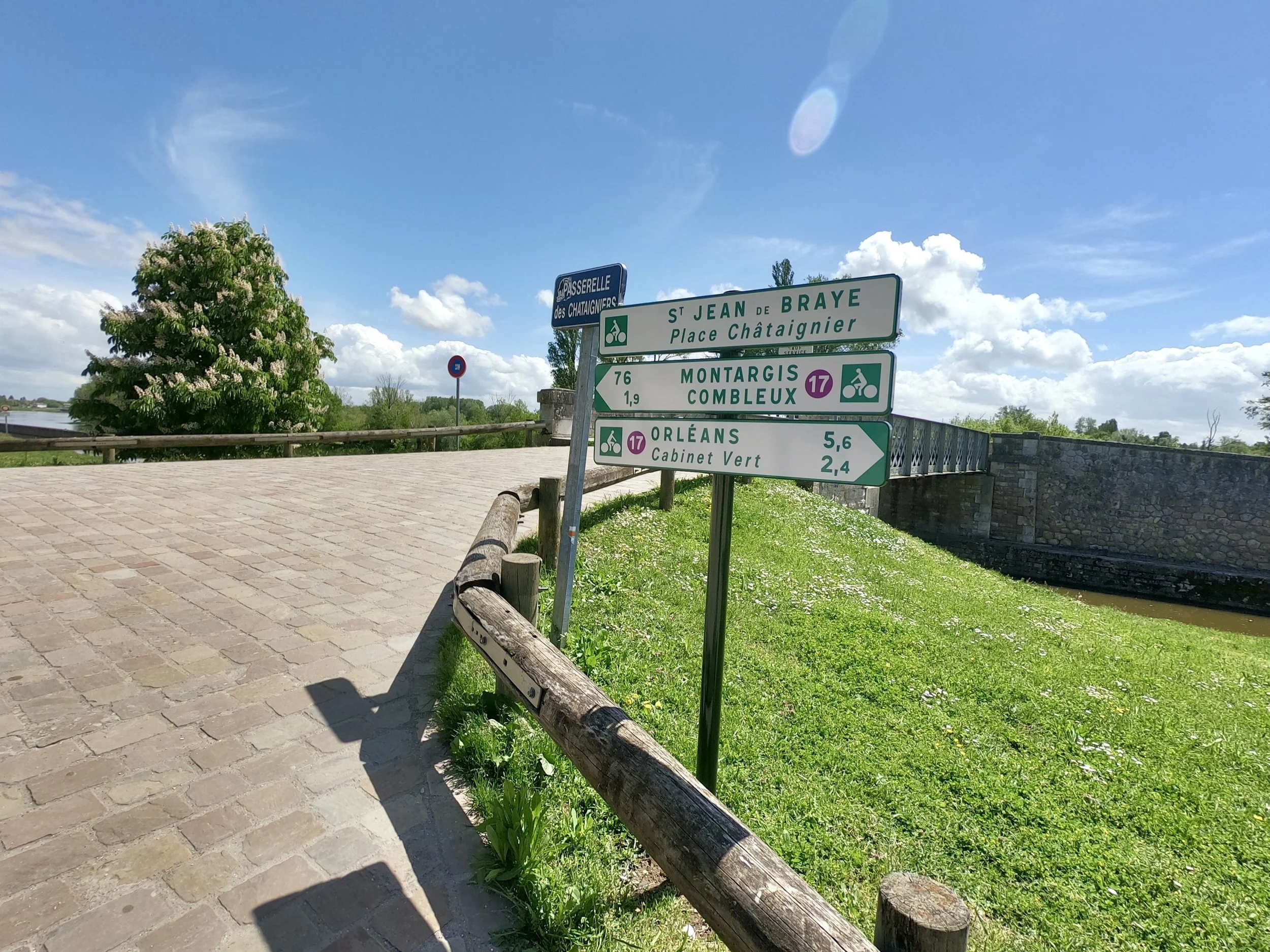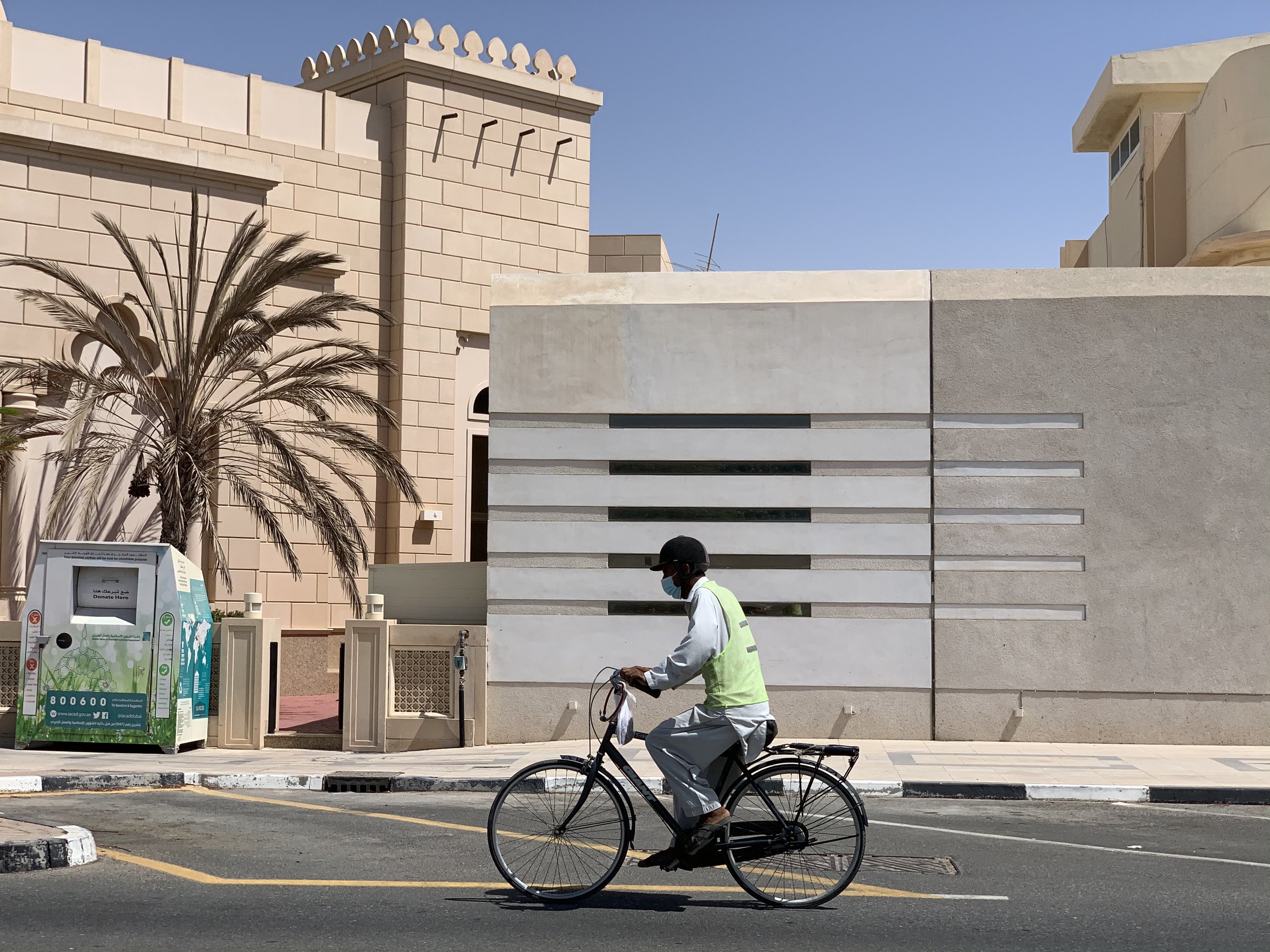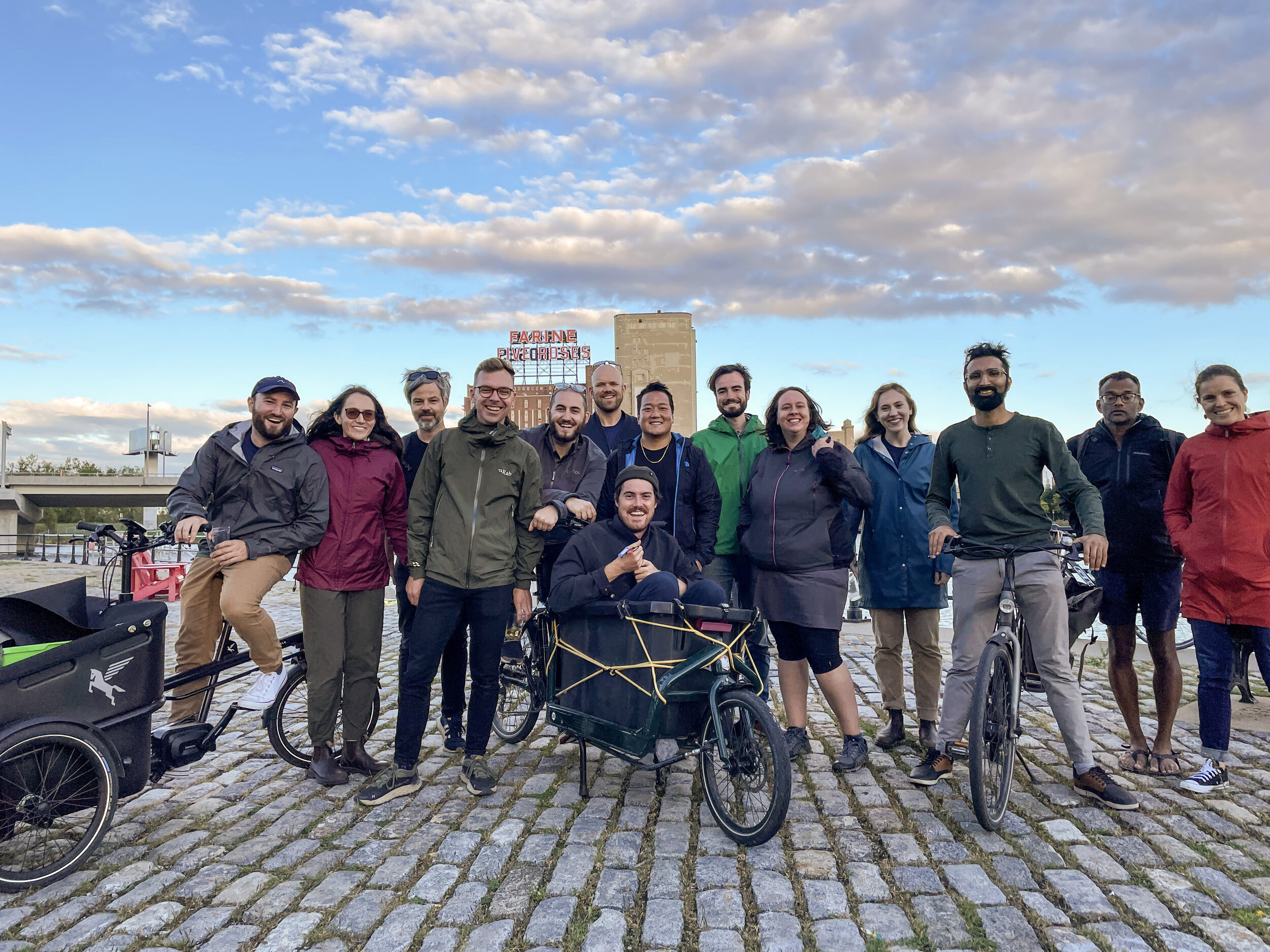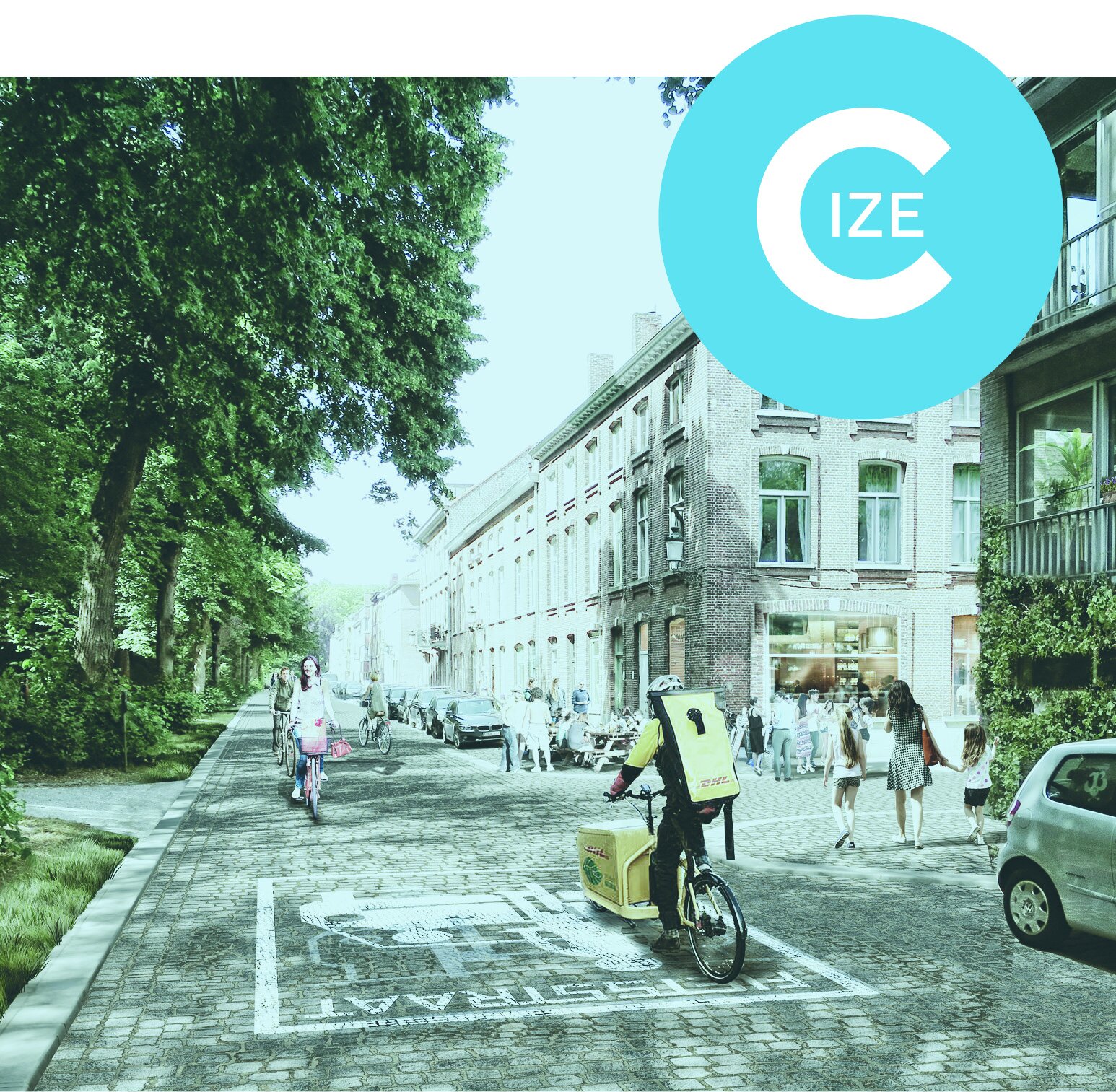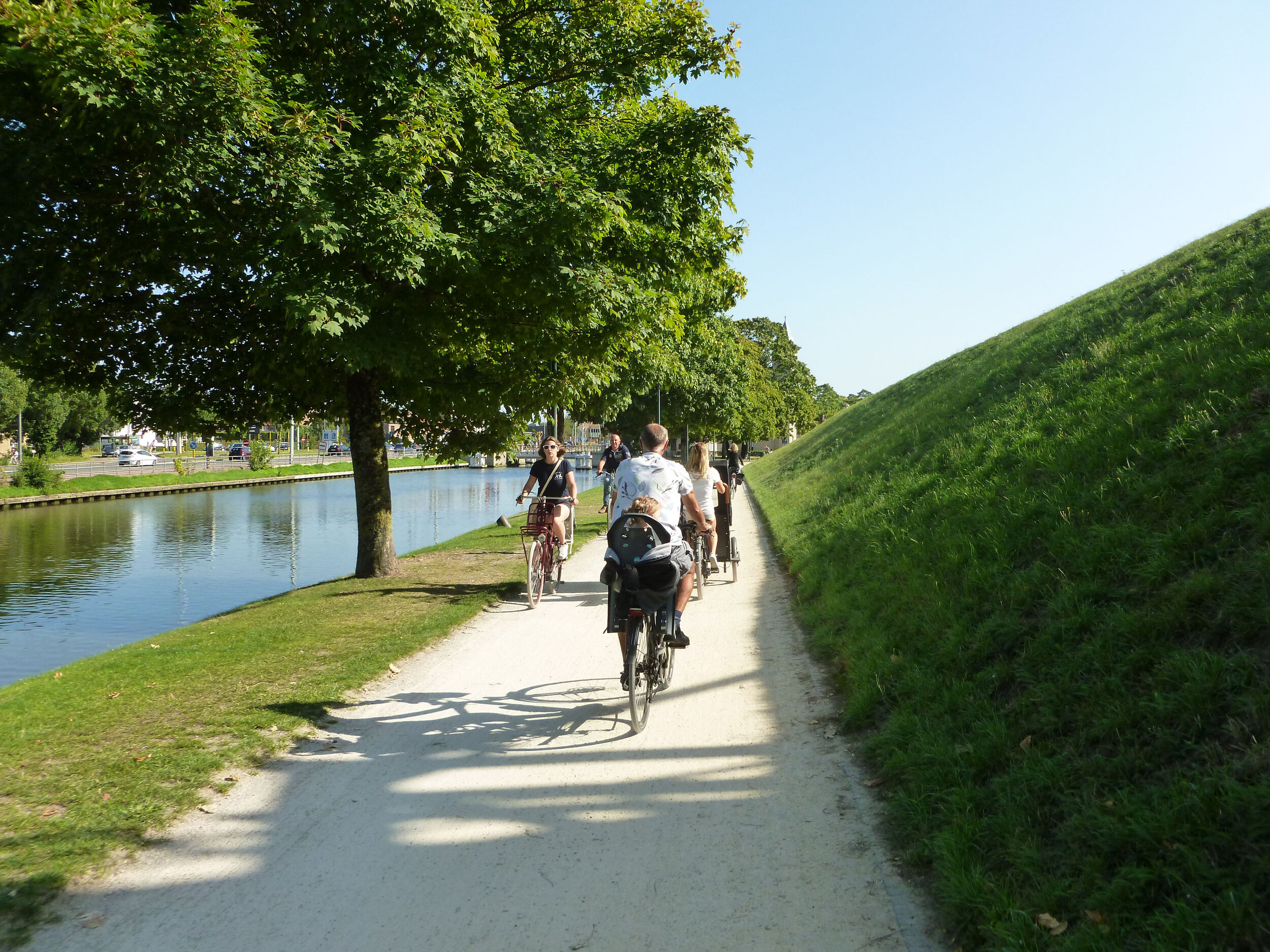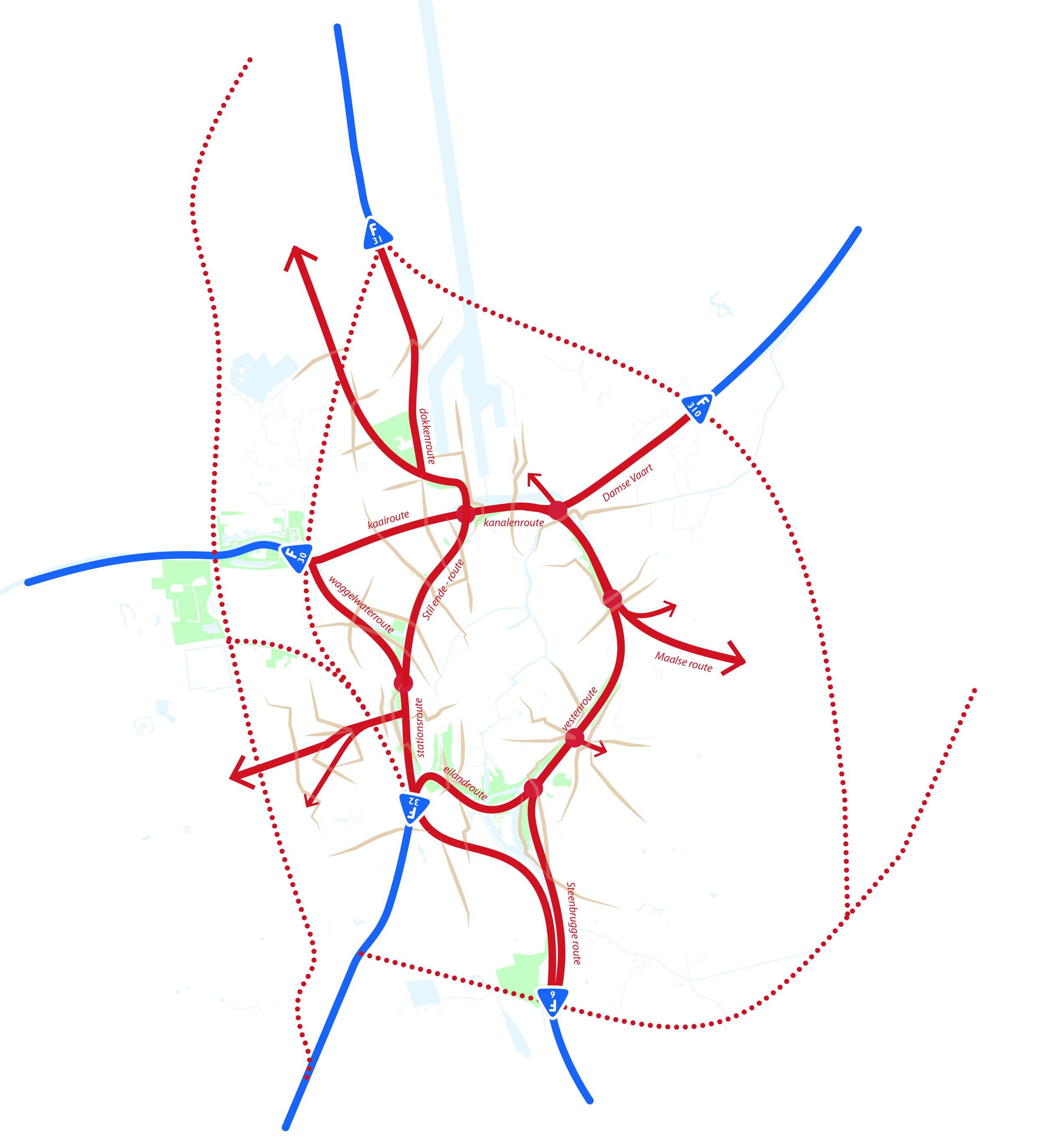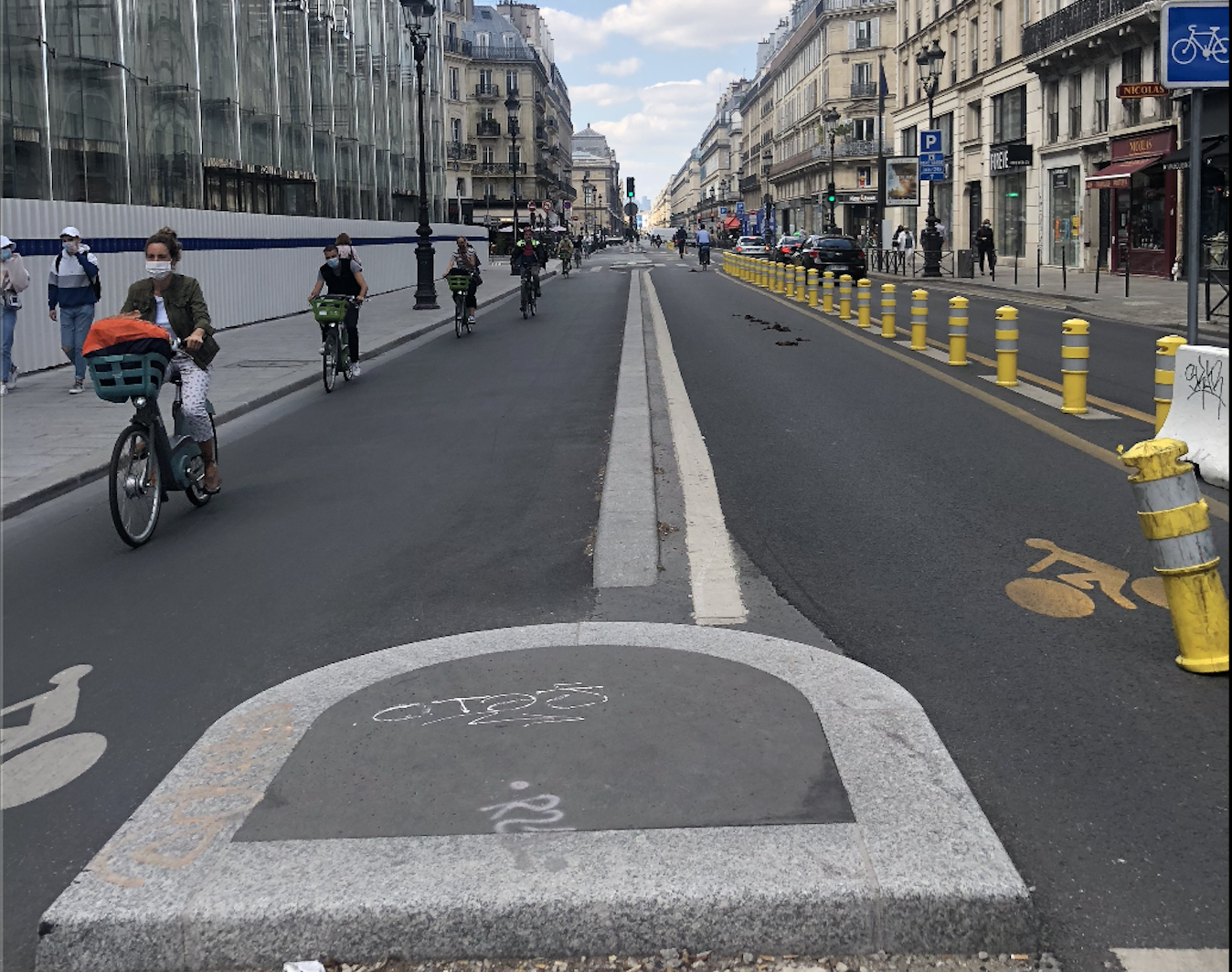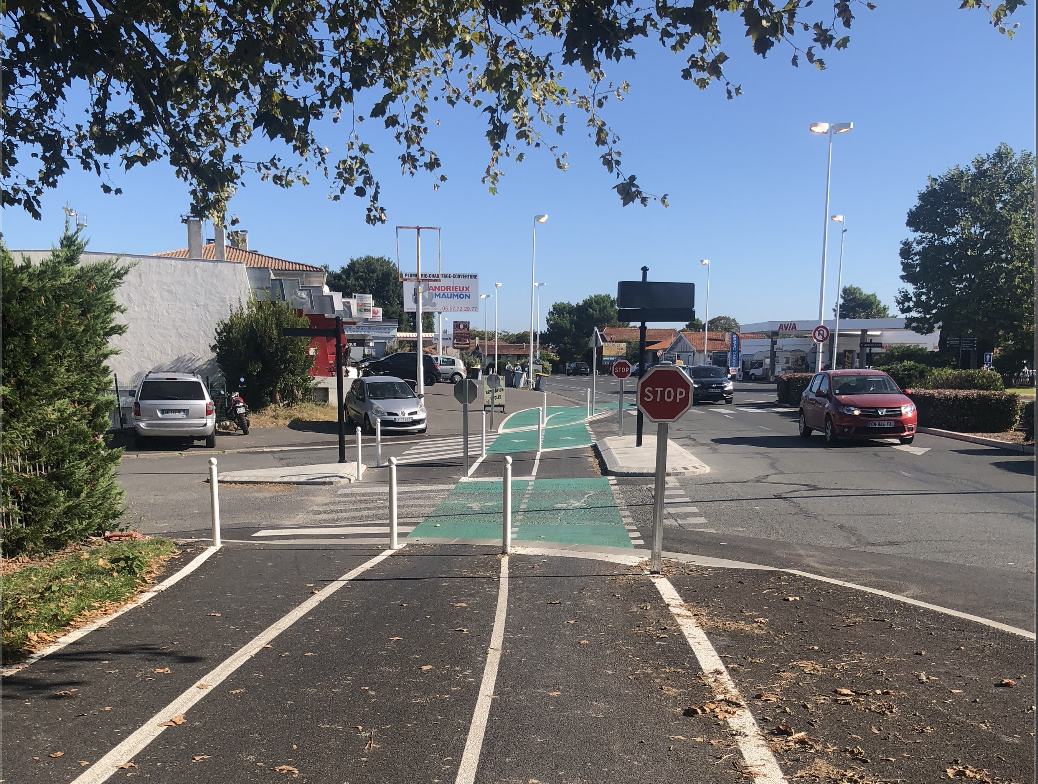As we reflect on the cycling landscape of 2023, a remarkable transformation has taken place. Cycling is now firmly established as a serious means of transportation in city centers and dense urban areas. What was once a niche activity has been seamlessly integrated into the urban fabric, presenting a natural choice for commuters navigating bustling cityscapes. However, the challenge for the coming years lies in extending this transformation to suburban and rural landscapes — the countryside, coastal regions, and mountainous terrains.
Despite the diverse geographical contexts, our strategic approach remains the same. The fundamental needs of users continually guide our efforts — the demand for safe and comfortable cycling infrastructure and services, regardless of location. Solutions and best practices must be continuously adapted to the unique demands of each local setting.
2023 represents a pivotal moment for cycling mobility and Copenhagenize, as our work expands beyond the confines of denser metropolitan areas and ventures into rural, seaside, and mountainous regions. In response to the arising challenge of developing cycling outside of urban areas, we embarked on the creation of our first cycling strategy in the rugged terrain of the French Alps.
Our continued commitment to promoting cycling mobility through the principles of bicycle urbanism is exemplified through our ongoing design, strategy, communications, and educational work, as well as the development of new types of projects and activities. As part of this work, Copenhagenize actively engaged in bicycle infrastructure coaching with teams of engineers, formulating context-specific cycling and wayfinding strategies, and providing expertise through master classes.
Clotilde Imbert at TransCité, photography by ©Franck DUNOUAU
This year, we also welcomed different partners from the global cycling community to our Paris office, drawn by the exciting developments in cycling within the French capital. It is a testament to the international interest and collaborative spirit propelling the cycling movement forward. A significant addition to our team, Sami Ibrahim, now heads the Cycling Strategy Department, bringing a wealth of experience and a unique ability to collaborate across borders and within diverse contexts.
Looking ahead to 2024, Copenhagenize anticipates an exhilarating year. We are set to participate in an European Union project about green logistics and are leading a new phase in the development of cycling infrastructure in the Cotentin area of Normandy. Our annual master classes, for which registrations have already begun, promise more enriching experiences.
In an era marked by international events, Copenhagenize will offer a unique perspective on the 2024 Olympic and Paralympic Games, sharing the experiences of cyclists navigating the streets of Paris during these significant occasions. Witnessing how a major city, amidst its cycling development, manages mobility during such global events offers valuable insights into the harmonious coexistence of cycling and urban life.
As we invite you to explore the diverse projects that have kept our dedicated team working hard in 2023, we extend our hopes for continued progress and innovation within the world of cycling, eagerly anticipating the exciting ventures that lie ahead in 2024.
